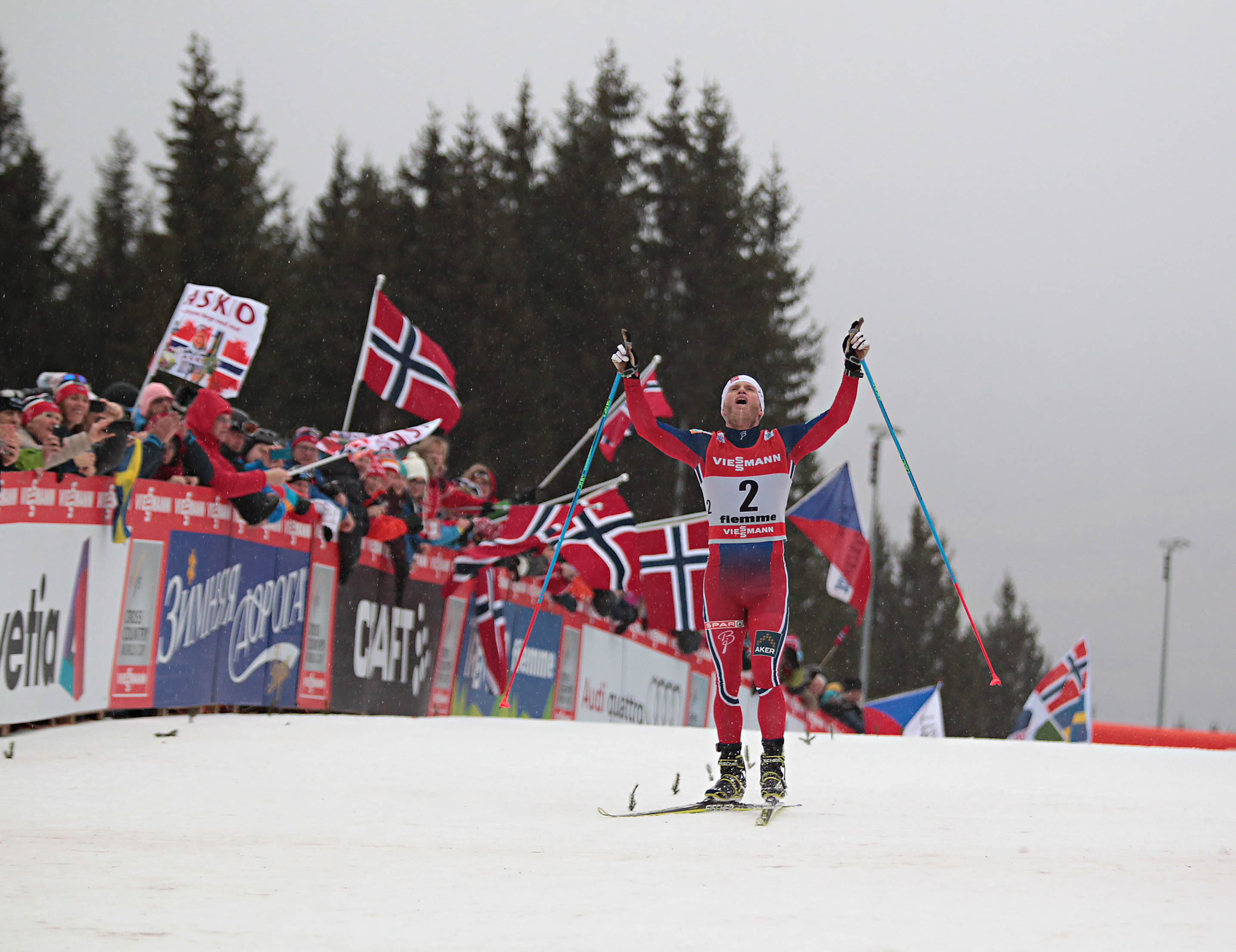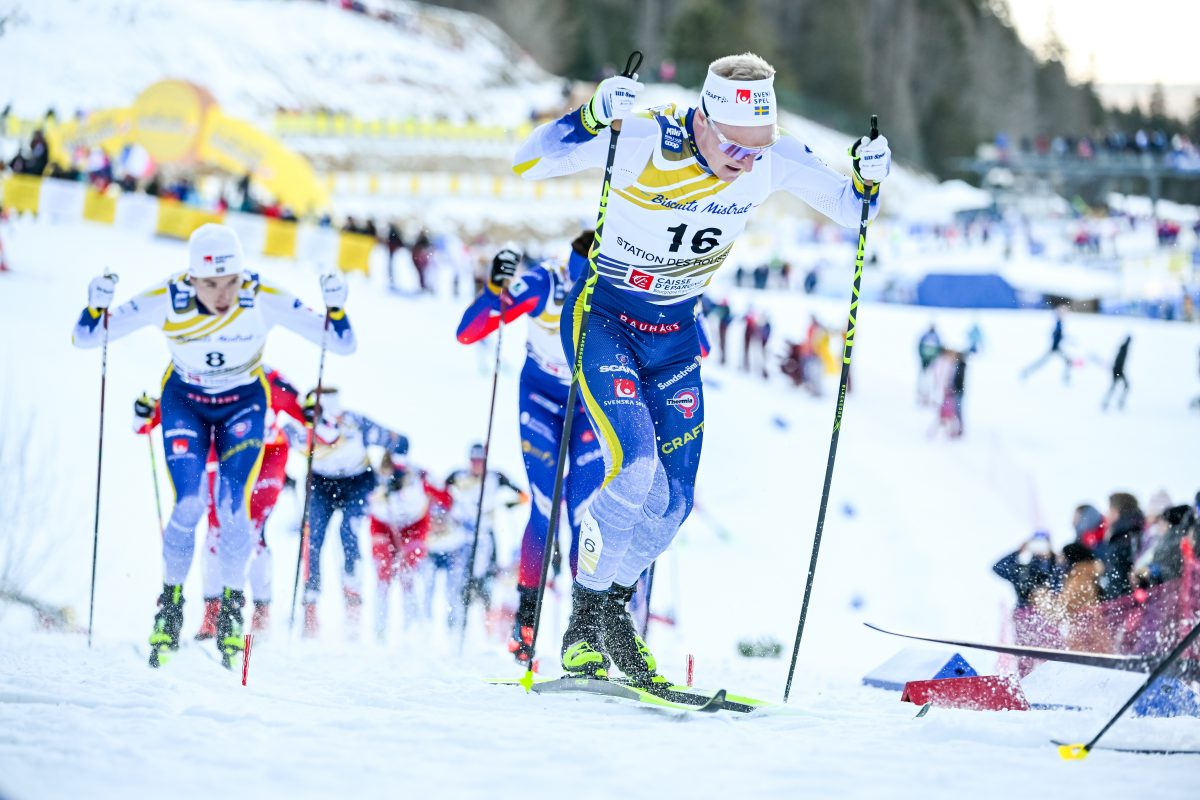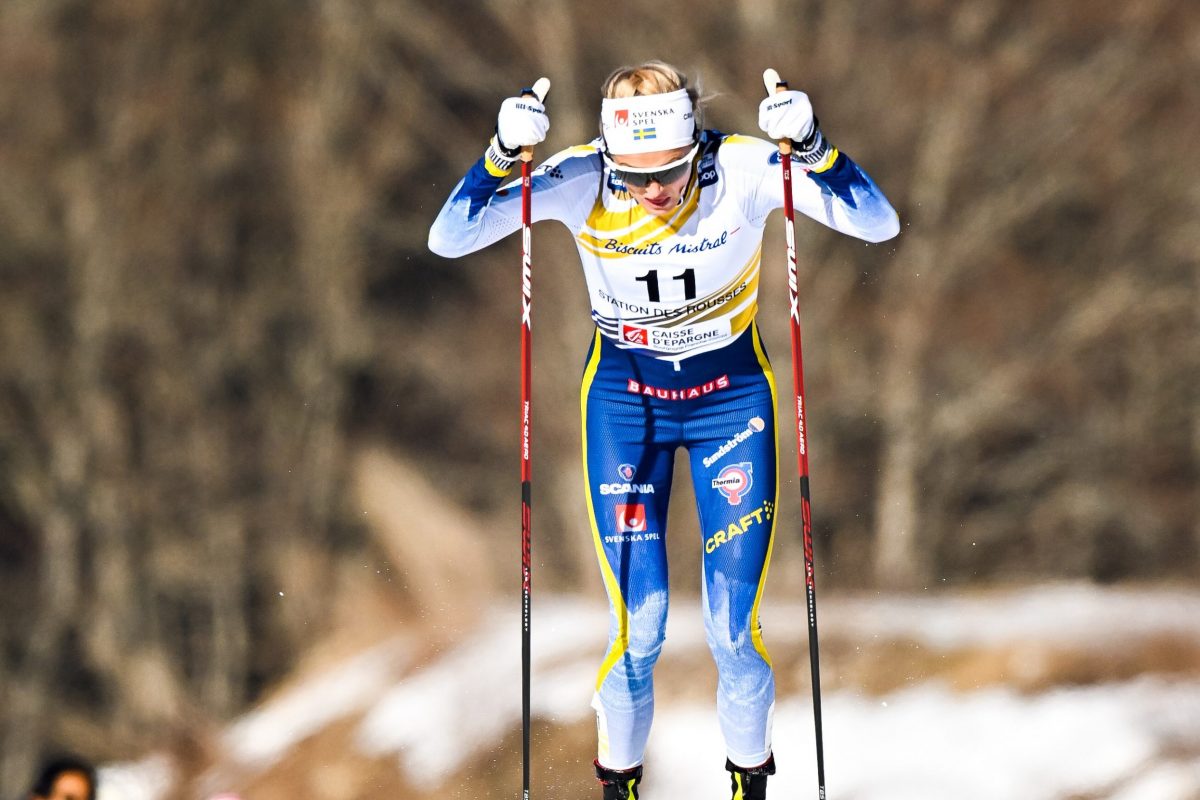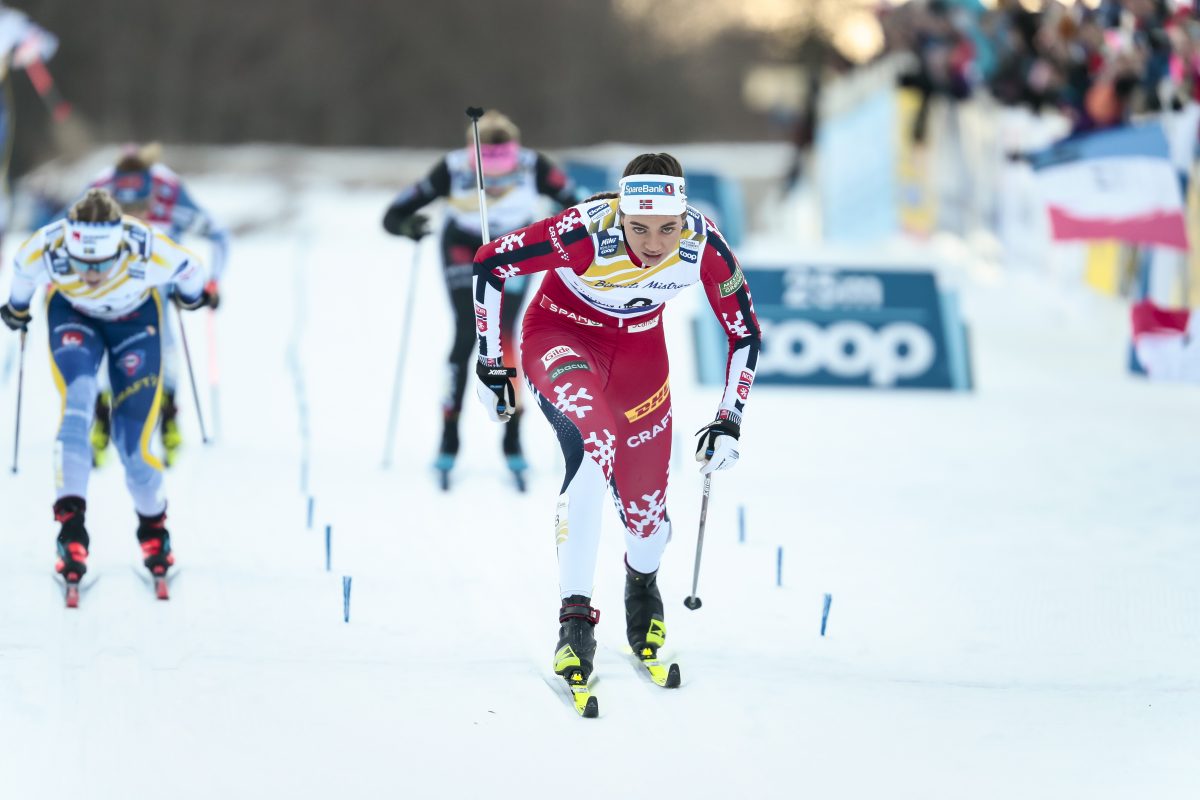
As the eight-race, ten-day Tour de Ski is about to launch on Friday, the evidence is mounting from a decade of racing: the grueling multi-race event often has negative impacts on skiers’ health and ski performance.
A research group at Loughborough University in the U.K. and at the Norwegian Olympic and Paralympic Committee and Confederation of Sports analyzed training and performance by 44 Norwegian athletes. Led by Ida Svendsen, the team was given access to training log data from national team athletes and recruits. They wrote their findings up in the Scandinavian Journal of Medicine and Science in Sports.
Some years, a focal athlete competed in the Tour de Ski; other years, they didn’t. That led to 42 seasons’ worth of data where the athlete participated in the Tour de Ski, and 73 were they did not. For each season, the team pored over training logs to see not only the training load in hours, but how much of what types of training the athletes did, how often they were sick, and how much time they spent at altitude.
Then the researchers pulled results and FIS points for the athletes in the six-week period leading up to the Tour de Ski and the six-week period afterwards. Their question: how much of an effect did six or ten races in a short period of time have on performance?
A much greater percentage of athletes got sick either during or immediately after the Tour de Ski than in seasons where the athletes weren’t competing in the Tour – in fact, almost three times as many illnesses were reported, proportionally.
The effect was greater for men, perhaps because race distances and time spent racing was much greater for the men. In the Tour de Ski, the men race on average 101 kilometers each year, taking just over four hours, while the women race on average 59 kilometers, taking around 2.8 hours.
For perhaps some of the same reasons, there was no drop in race performance for women following the Tour de Ski. In fact, later in the season when Olympics or World Championships rolled around, the women who competed in the Tour de Ski were even more likely to medal than if they had not done the Tour.
But for men, athletes were less often hitting the World Cup podium or placing in the top ten after the Tour de Ski compared to the same period of time in years when they didn’t do the Tour, and also compared to the six-week period leading up to the Tour. Their championships performance later in the season also dropped.
The authors calculated from FIS points that the performance effect of skiing a Tour, for men, was the equivalent of slowing down by about 26 seconds in a 15 k classic race.
What’s going on? In terms of illness, the authors call on some evidence suggesting that male athletes might have relatively lower immune function than their female counterparts, although data from the Olympics shows female athletes getting sick more often.
The main answer might be the training loads required for the Tour de Ski. As measured by training impulse, or TRIMP (more information here), women had slightly higher training loads than men leading up to the Tour de Ski. For both men and women, the training load increased during the Tour, because of the high-intensity racing day after day (so actually a racing load, not a training load).
After the Tour de Ski, training loads dropped for both men and women. But they dropped far more for the men, whereas the women appeared to be able to recover back to their normal training load more easily.
“The male athletes had a significantly lower training load going into TDS, so that the increase in training load above baseline during TDS was greater for the male athletes than it was for the female athletes,” the authors wrote. “This may have increased the risk of TDS participation leading to non-functional overreaching or even overtraining in the male athletes… and may help to explain why they were subsequently unable to maintain their normal training load after the competition.”
The authors also pointed out that results in men’s World Cup races are often more tightly packed together, so that even a modest drop in performance may lead to a bigger drop down the results sheet for men than women.
Alternatively, more of the very best women choose to take part in the Tour de Ski rather than sit it out: before an Olympics or World Championships, men are much more likely to skip the Tour, in part because the race distances are so much longer than for women. So perhaps any effect on female athletes is felt across the entire field resulting in no observable performance shift compared to one another.
This year’s Tour de Ski is particularly long, with eight races compared to seven the previous season. That’s because there’s no World Championships for athletes to peak for.
Instead, some of that recovery period will fall during mid-season World Cups; the six-week period will be long over by the time athletes land in Canada for the final World Cup period and the Ski Tour Canada, another long tour.
And after that? They can recover all they want to before another training season begins.
Chelsea Little
Chelsea Little is FasterSkier's Editor-At-Large. A former racer at Ford Sayre, Dartmouth College and the Craftsbury Green Racing Project, she is a PhD candidate in aquatic ecology in the @Altermatt_lab at Eawag, the Swiss Federal Institute of Aquatic Science and Technology in Zurich, Switzerland. You can follow her on twitter @ChelskiLittle.



